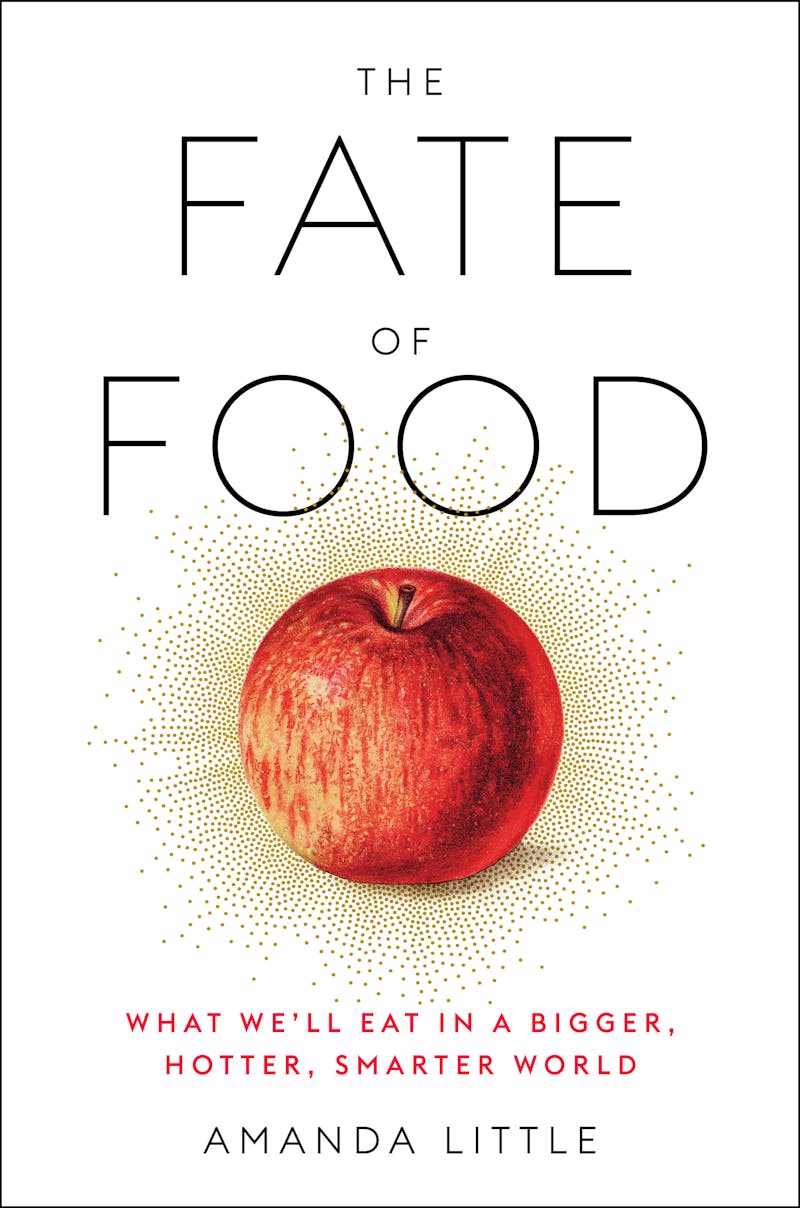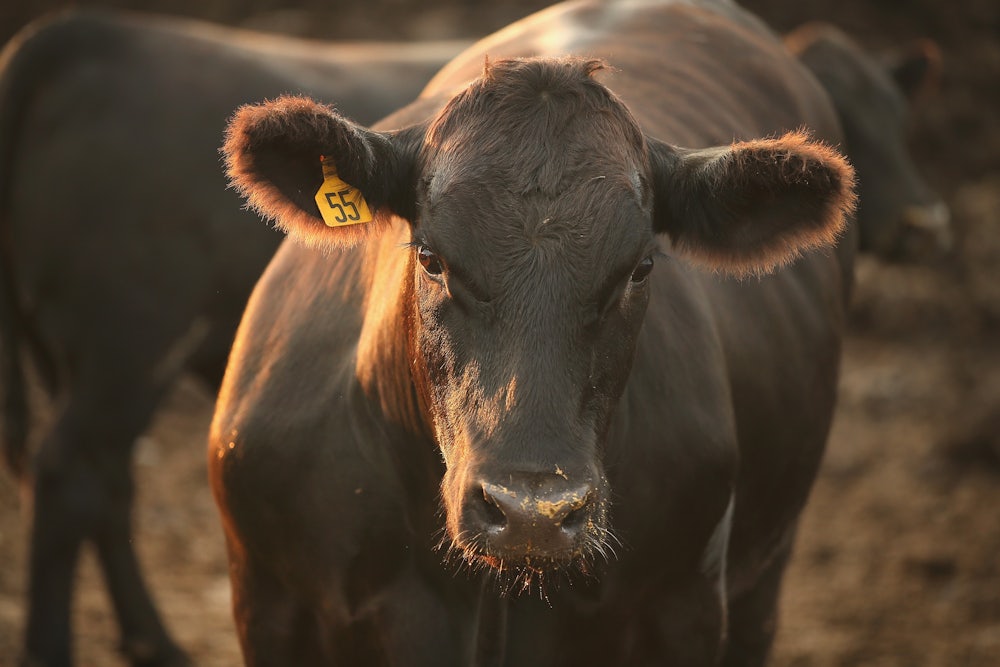In the fall of 2018, a few weeks after I interviewed Tyson Foods’ Tom Hayes, he suddenly and unexpectedly resigned as CEO. The official word was that he did so for “personal reasons,” but I had a hard time believing it. The broader meat industry was in turmoil because of oversupply and trade wars with China, Tyson stock was declining, and I had to wonder if the company’s shareholders saw Hayes as a man with a premature, or at least a poorly timed, vision.

Yet among the dozens of people I interviewed about the future of meat, it was Hayes who made the timeliest and most convincing case for meat alternatives—and cellular meats in particular.
He emphasized that the entire “cell-to-fork” process for growing and harvesting lab meats is two to six weeks—a blink of an eye compared with the two and a half years it typically takes to grow cattle from conception to maturity. That represents huge cost and energy savings. Hayes also pointed out that cultured meats eliminate concerns about E. coli and other pathogens that can contaminate animal meat during processing. The single biggest risk in his business, he said, is contamination. A few months after Cargill invested in cell-based meat producer Memphis Meats, it recalled 130,000 pounds of ground beef that had been contaminated with E. coli—a problem that wouldn’t happen with lab-grown meat.
Memphis Meats CEO Uma Valeti describes a test performed in which scientists observed the rate of decay of conventional meats, organic meats, and lab-based meats: left at room temperature, the conventional meats were completely spoiled in less than 48 hours; after four days, the lab-grown meats had barely decomposed because there was no trace of bacteria. Hayes made the case that cultured meats can be produced anywhere—most likely, in facilities near city centers—so they won’t have to be transported long distances in refrigerated trucks. For that matter, they’ll need less refrigeration because they’re less prone to spoilage.
Hayes also stressed the potential human health benefits. Lab meats can have the beneficial nutrients of meat—iron, vitamin B12, selenium, niacin, and so forth—while also cutting down on the bad stuff, namely the cholesterol and fat content, by integrating only as much as is needed for flavor. Valeti says that for patients at risk of heart disease, he could conceivably make a beef product with good fats—beneficial omega-3 oils, for example—instead of saturated fats.
Hayes shrugged off my concerns that parents wouldn’t want to feed lab-grown meats to their kids. His take: It’s the safest meat you can produce, and moms and dads will like the fact that their kids won’t complain about the flavor of ersatz alternatives. They’ll also like the health benefits, the environmental benefits, and eventually, as prices go down and scale goes up, the cost benefits.
“If we can make the meat without the animal, why wouldn’t we do that?” Hayes reasoned.
For all the arguments Hayes made in favor of alternative meat products, he said that he “can’t imagine a world where there aren’t animals raised and used for human consumption—in my lifetime anyway.” Nor, for that matter, can Valeti, who emphasizes the important relationship between animals and the land, and the ecosystemic value of practices like managed grazing. Valeti sees lab meats as an alternative to inhumane, polluting, mass-scale meat production—not as a means to replace high-quality “craft meats.”
Valeti also recognizes that livestock are culturally and nutritionally important to small farmers, particularly in developing economies. On the farms I’ve visited in India and eastern Africa, goats, sheep, pigs, and cattle play crucial roles in the agro-ecological system. These livestock convert grasses and agricultural waste into fuel, fertilizer, and high-quality nutrients for populations vulnerable to hunger. They can also serve as a store of wealth, collateral for credit, and a nutritional safety net during times of food scarcity.
For these and other reasons, the argument we tend to hear in Western environmental circles that “meat is bad” is an oversimplification. Both Hayes and Valeti see animal-free proteins becoming “a substantial part” of the $200 million market for meat—eventually.
But in the foreseeable future, they won’t be the entirety or even the majority of it. Hayes also asserted that a variety of approaches—plant- and cell-based—to alternative meat production will be crucial to the sector’s long-term success. “Just as you see many different electric car models on the market right now,” he told me, “there won’t be a silver bullet. Customers love choice.”
This article is an adapted excerpt from The Fate of Food, released in June by Harmony Books.
